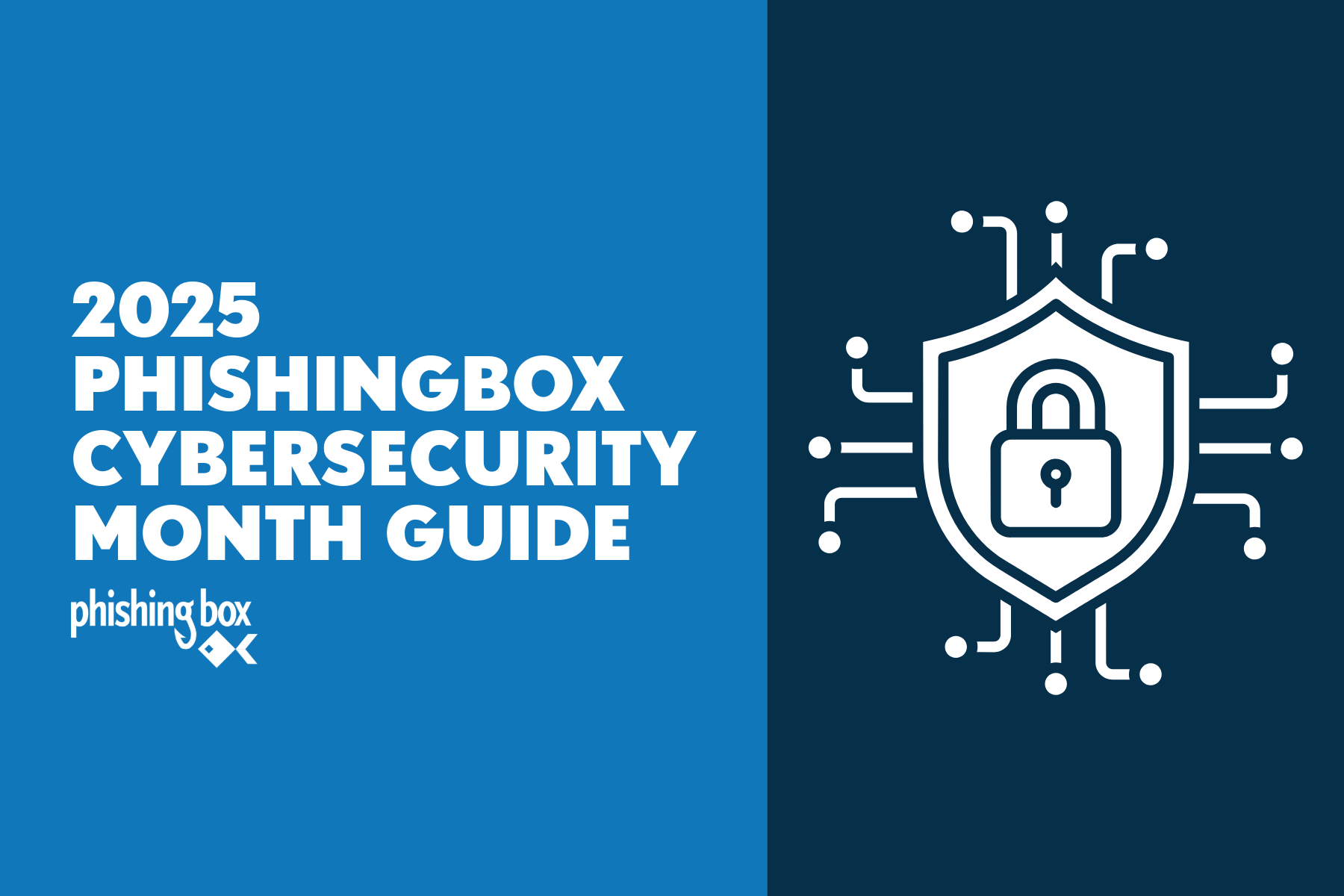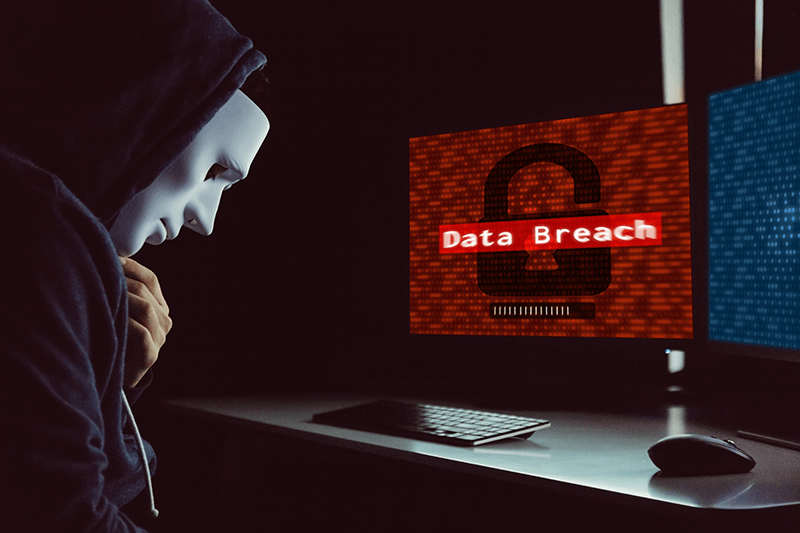Inspecting URLs before clicking on links should be a standard practice for everyone. This practice unveils crucial details about a link's authenticity, helping users sidestep potential dangers before heading to unknown destinations. Here’s why this scrutiny matters and how you can refine your link inspecting skills to fortify your online security.
Why Inspecting URLs is Crucial
Phishing attacks often hinge on deceptive URLs mimicking genuine websites. By scrutinizing URLs closely, users can spot potential fraudulent intent. Details like misspelled domain names, irregular character combinations, or subtle alterations in the URL structure can signal potential risks. This vigilance and attention helps differentiate between legitimate links and malicious ones, offering a vital defense against phishing attempts.
Sharpening Your Ability to Spot Phishing Links
Developing the knack for identifying phishing URLs requires training and practice. Here are actionable tips to enhance your phishing link spotting proficiency:
Domain Examination: Pay keen attention to the domain name for misspellings or added characters imitating a legitimate site.
Check for HTTPS: Legitimate websites often use HTTPS encryption for secure communication. Lack of this encryption, especially when sensitive information is requested, should raise caution. HTTPS or SSL certification does not mean the site is legitimate or safe, just that it is better protected from outside interference and attempts to steal or track what information is shared on the “secure” site. You still need to be cautious of any site and be sure it’s the official one you’re looking for. The best way to do that is going direct from a search engine query and avoiding any sponsored links.
Hover Over Links: Hover your cursor over links to reveal the actual destination URL. Verify if it matches the displayed link or redirects to an unexpected location.
Alertness to Urgency: Phishing attempts often exploit urgency or alarming messages to prompt immediate action. Take a moment to evaluate before clicking.
Stay Informed: Keep current on common phishing tactics and evolving techniques. Regular education on new phishing trends helps stay ahead of potential threats.
Tools for Assistance
Several online tools and browser extensions can aid in URL inspection. These tools highlight suspicious elements in URLs or provide real-time assessments of website safety, offering added security layers. Always consult with your IT or security team before deploying or installing any extensions or tools and ask if any tools are already available.
The Bottom Line
In a world teeming with phishing threats, inspecting URLs before clicking remains an effective way to mitigate potential attacks.
This straightforward approach acts as a frontline defense against cyber threats. By refining your skill in scrutinizing URLs, you equip yourself with the ability to differentiate between authenticity and deception, securing your online presence.
Stay vigilant, stay informed, and let the power of inspection be your shield against the dangers of phishing attacks.


